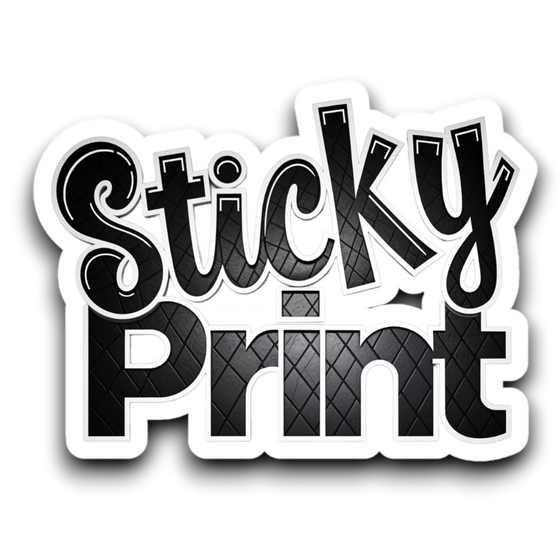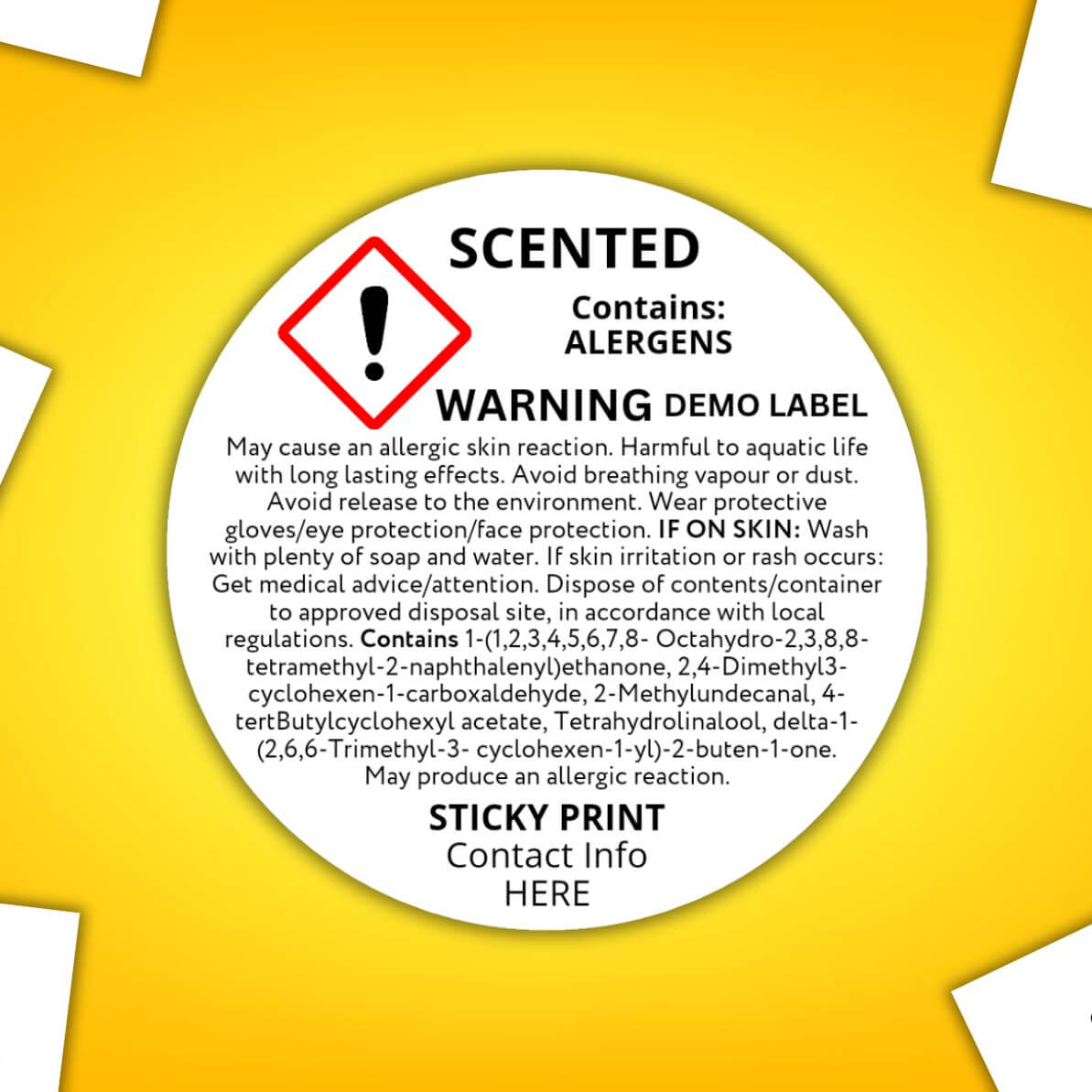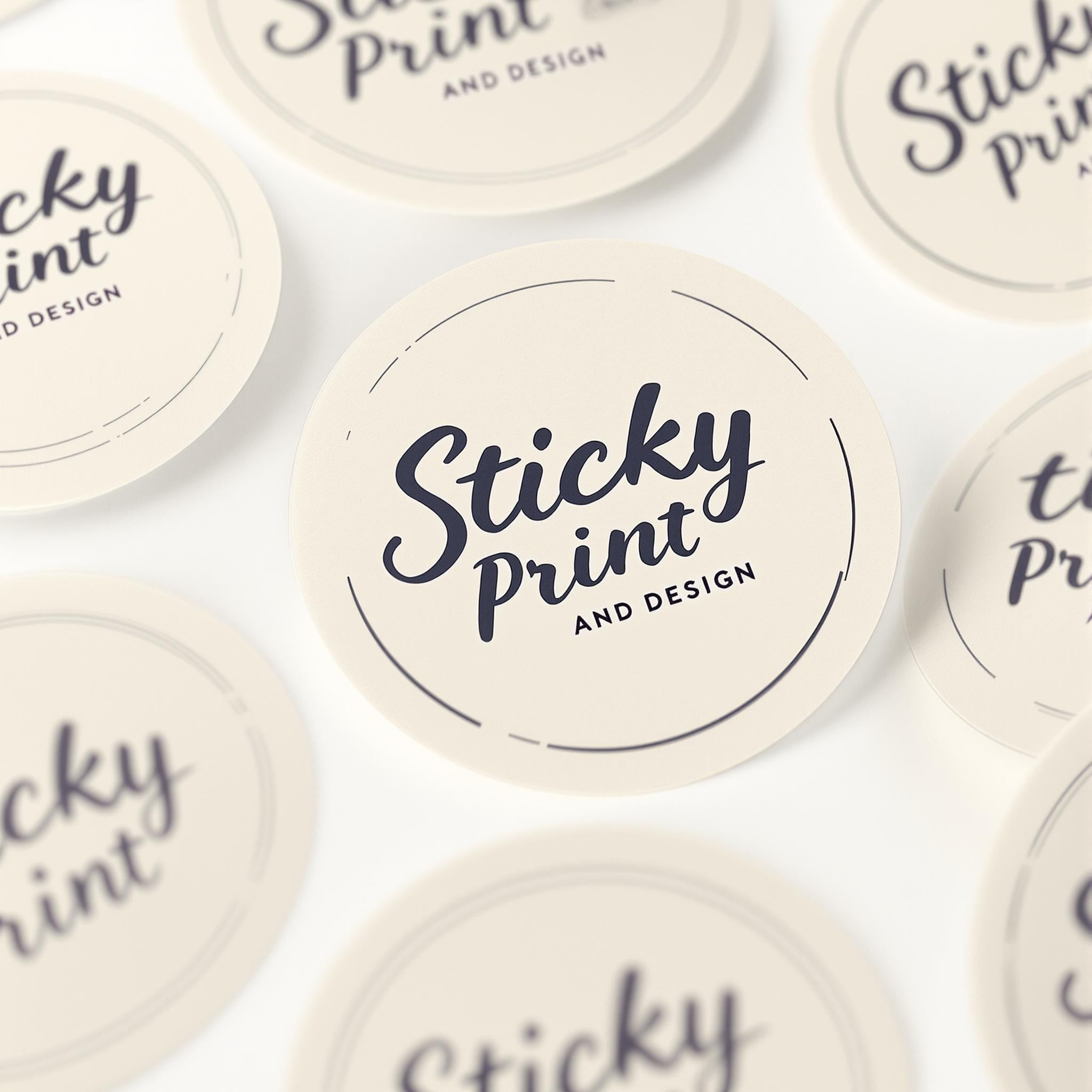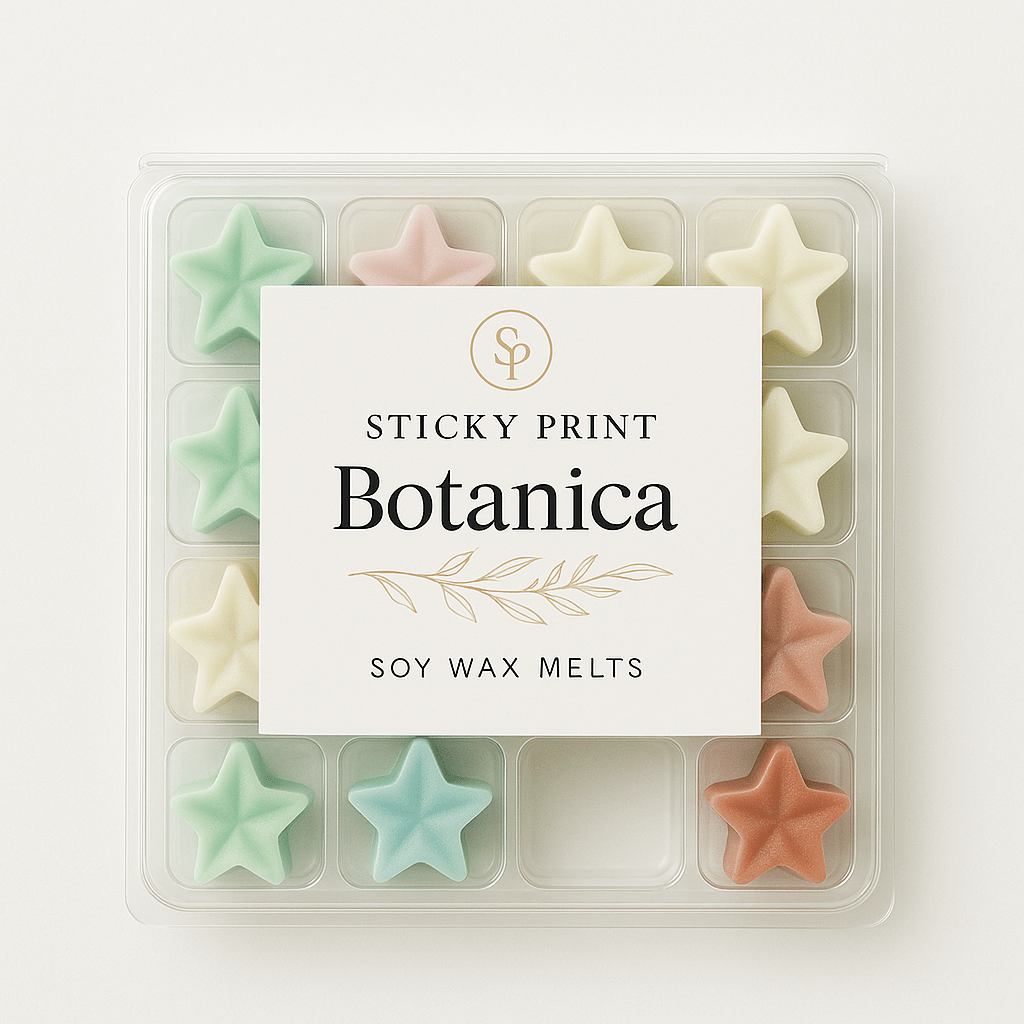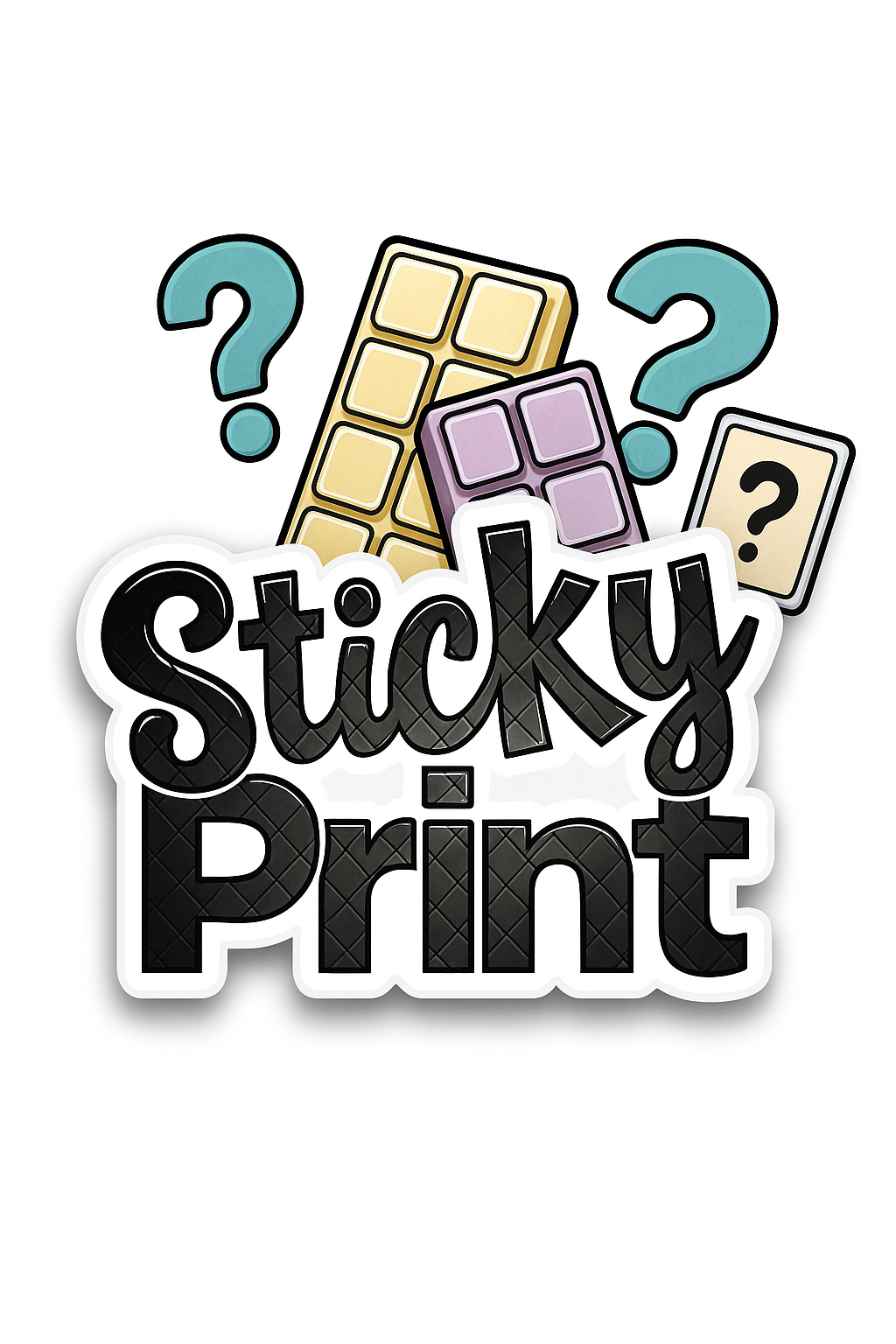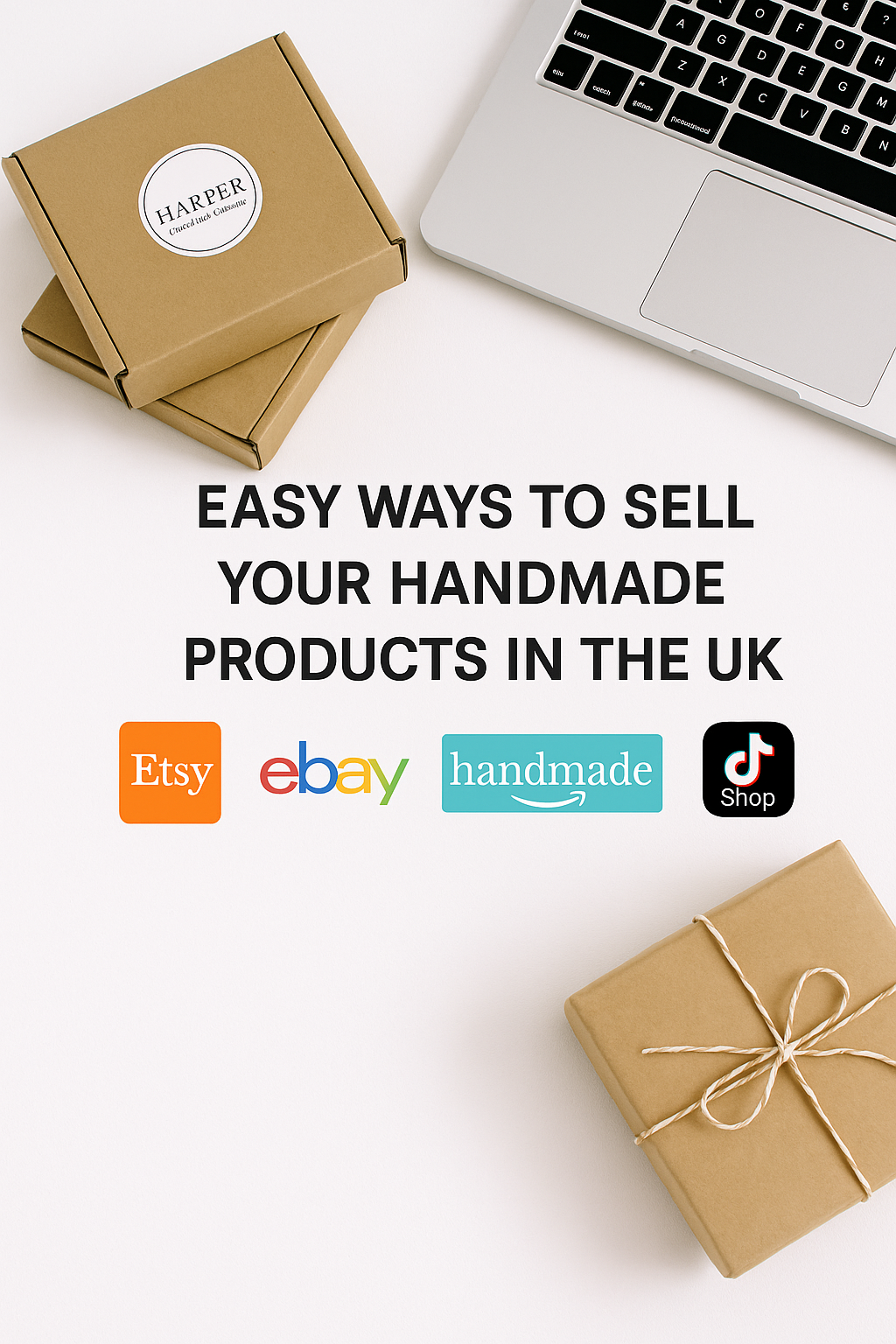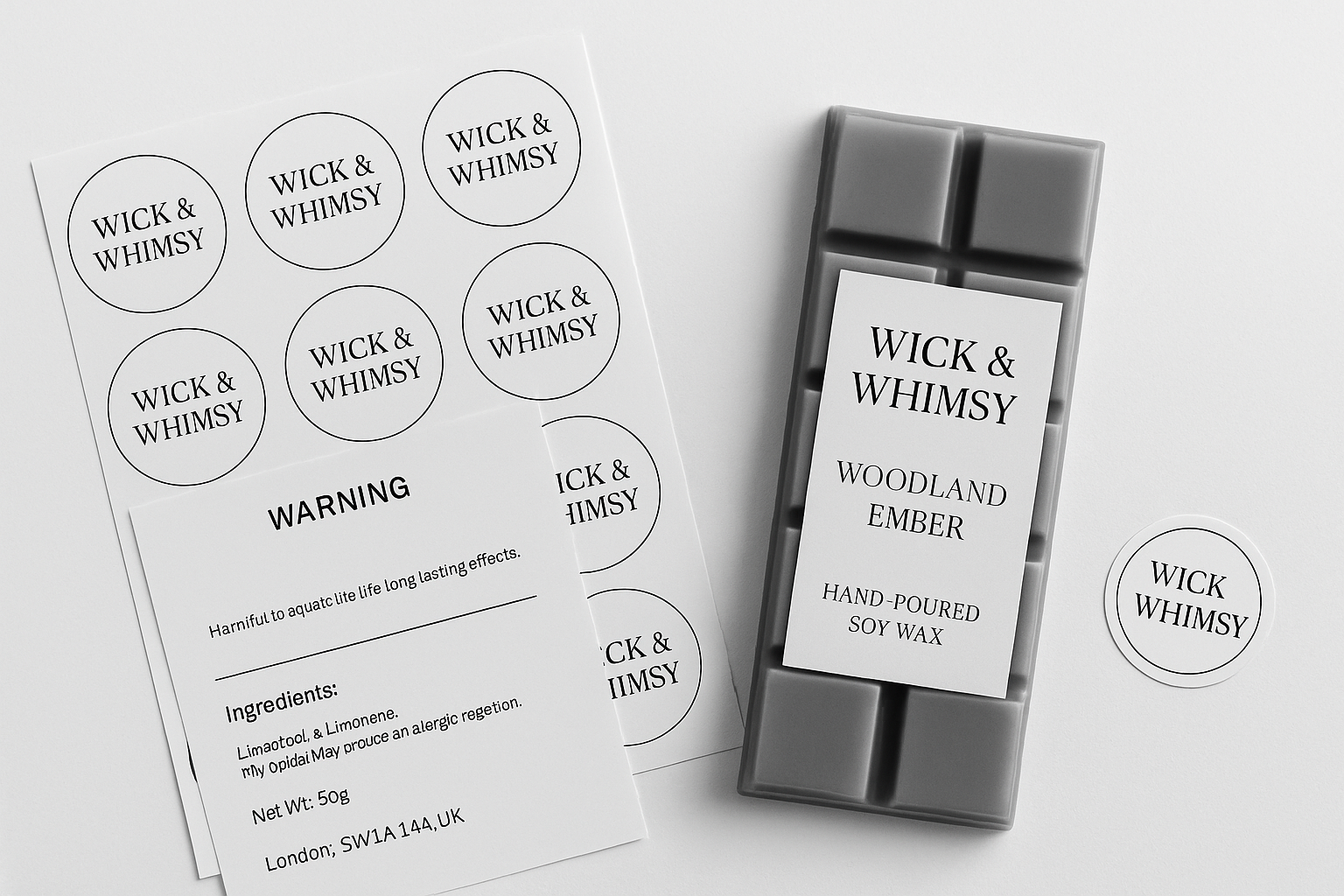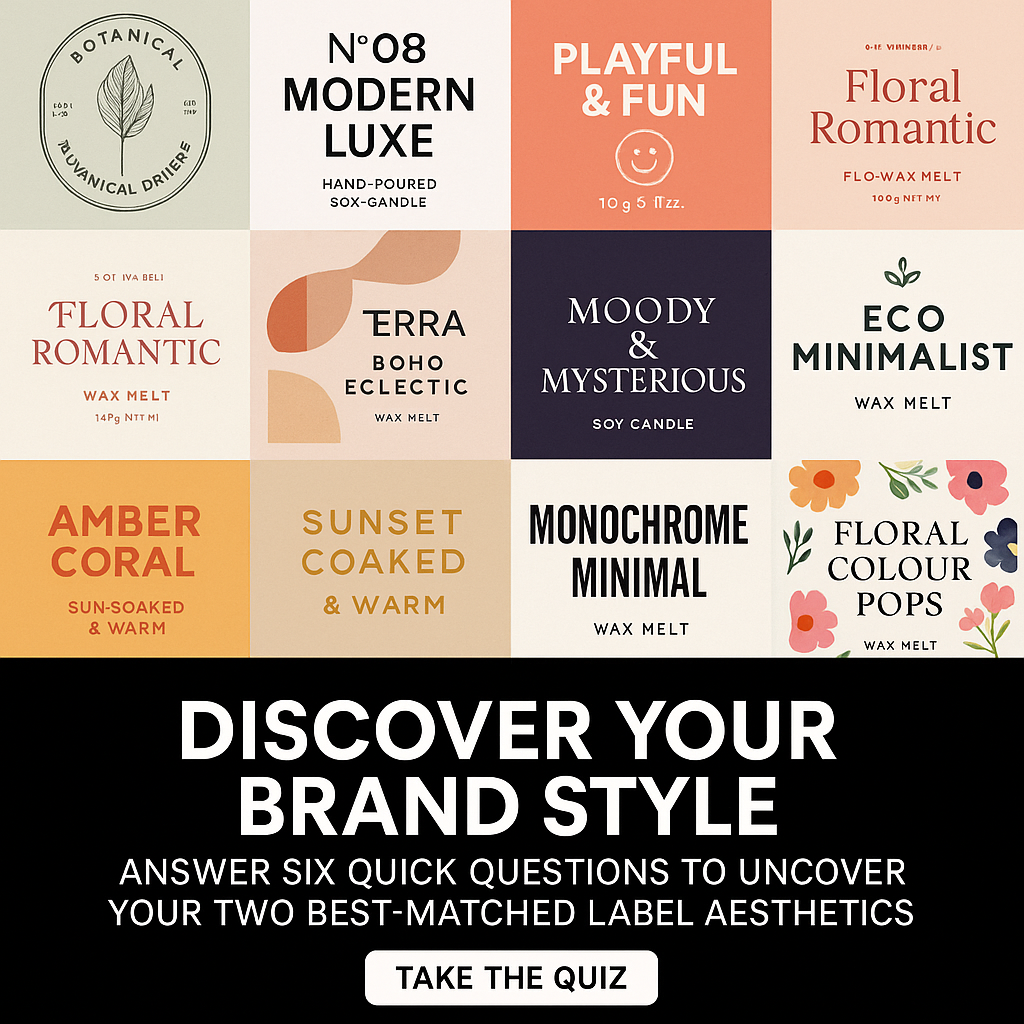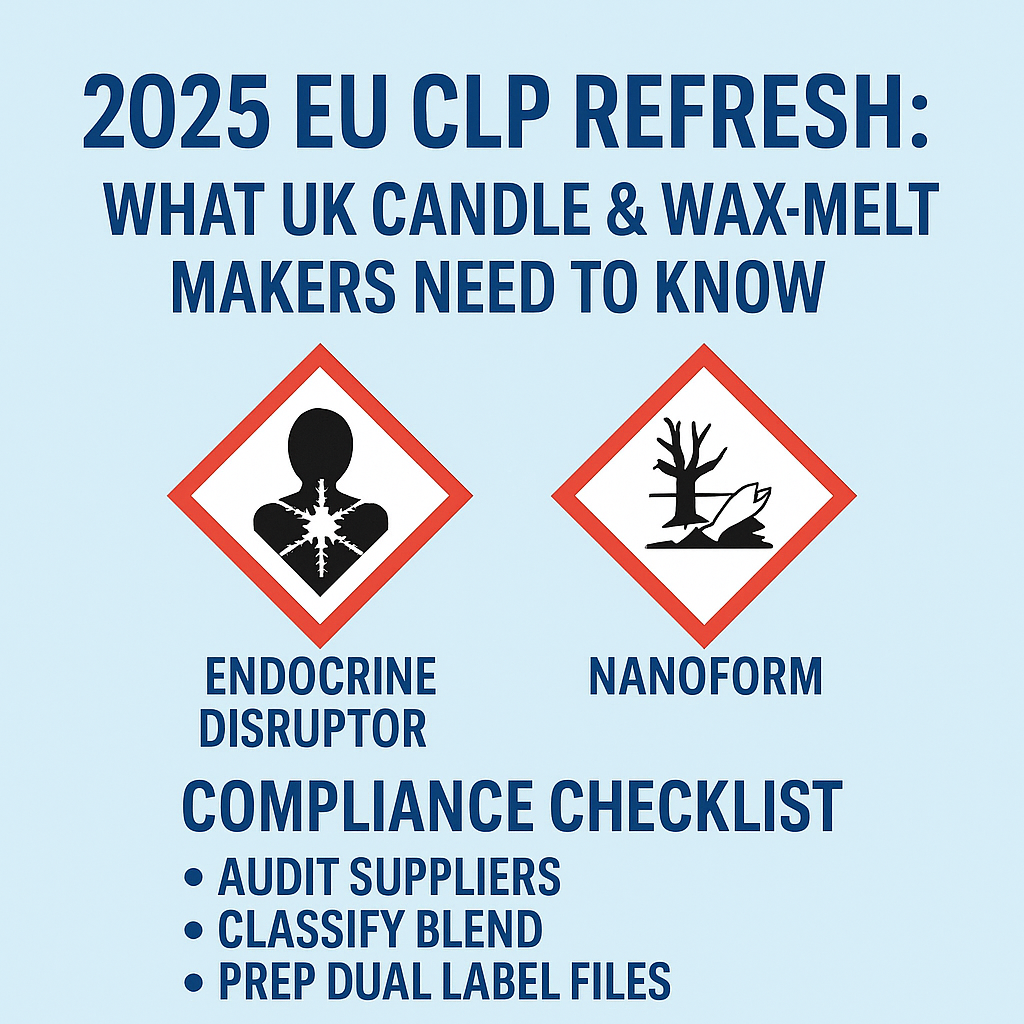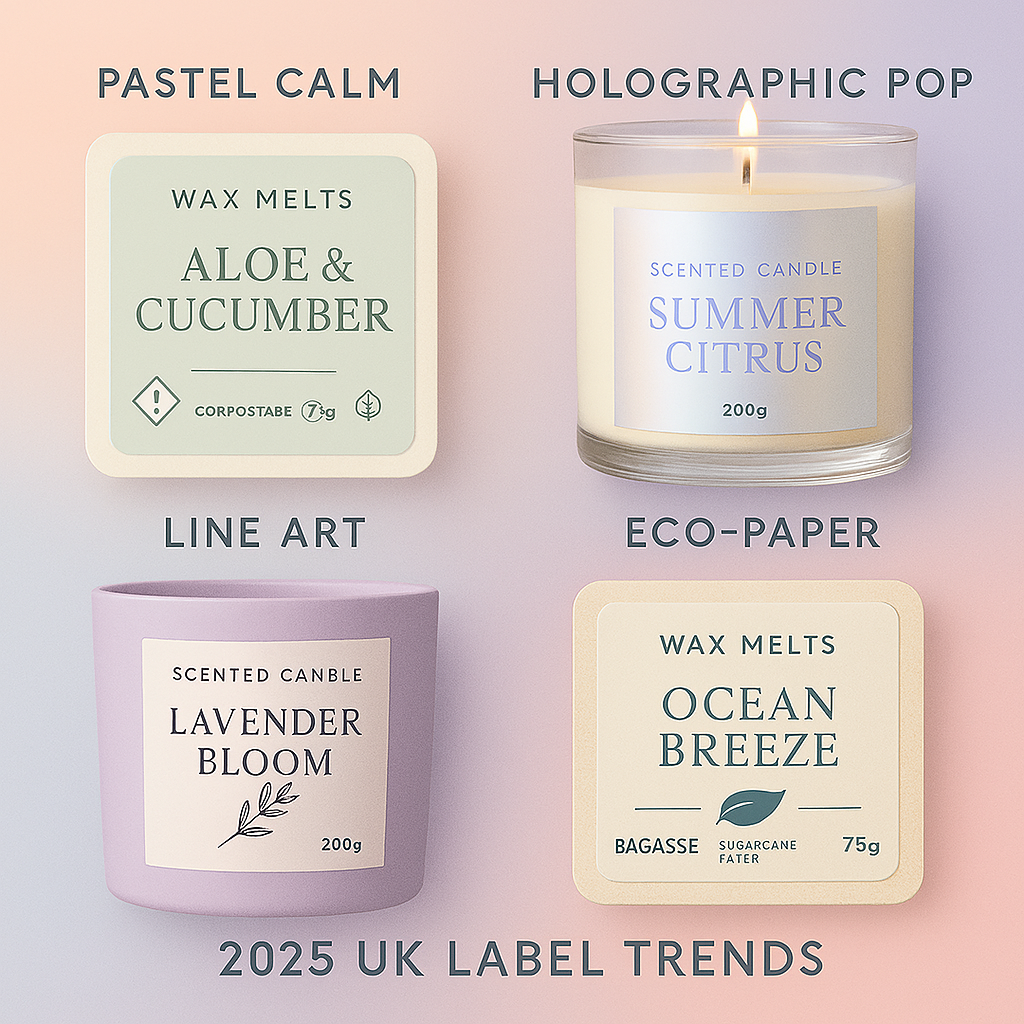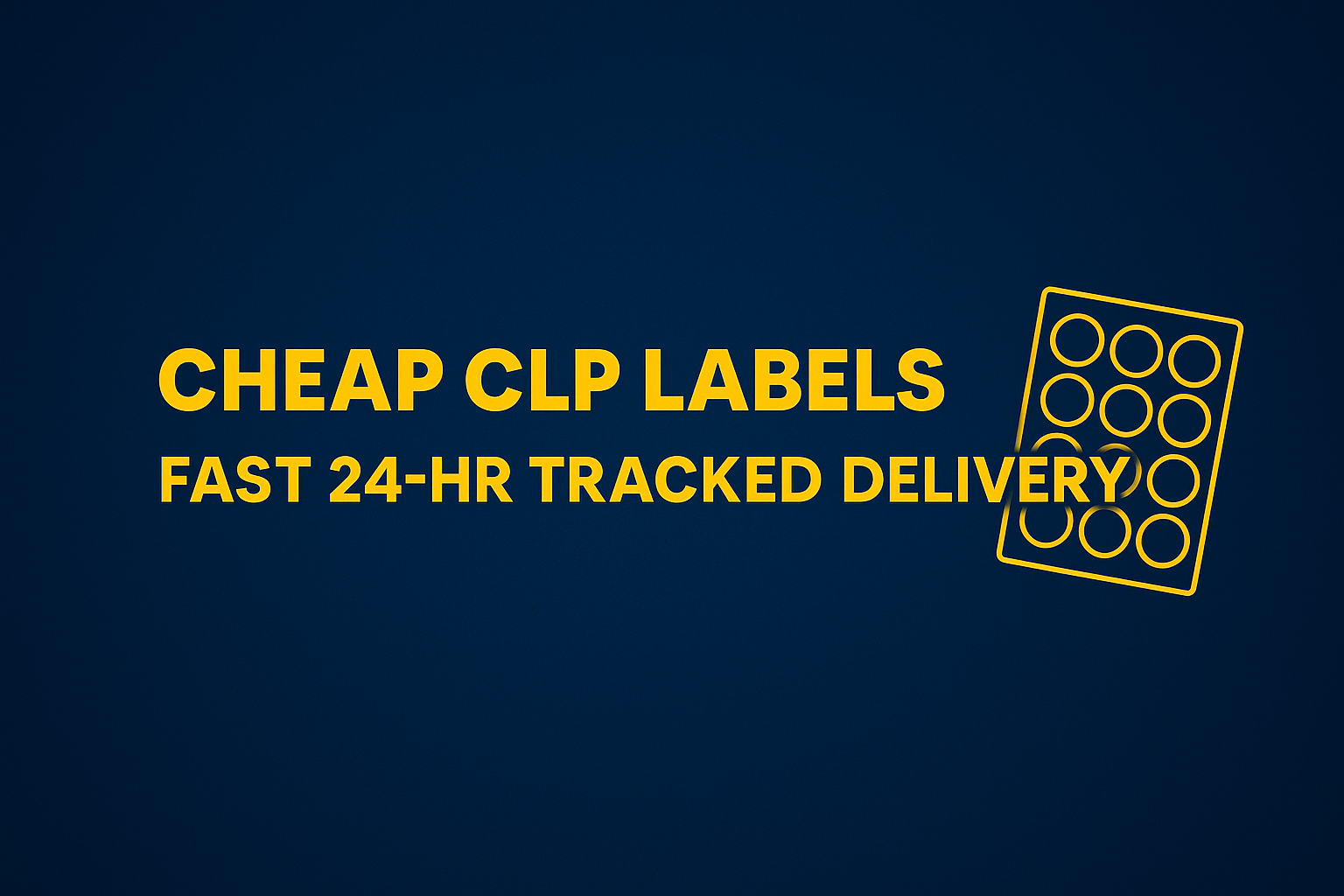CLP Labels Explained: A Small Business Owner's Complete Guide
Whether you're formulating wax melts, hand-poured candles, home cleaning sprays or personal care products, understanding CLP regulations is essential to stay compliant and protect both your customers and your brand.
Why CLP Compliance Matters
- It’s the law: Required for all products containing classified hazards sold within the EU and UK.
- Protects customers: Gives users clear safety instructions and identifies allergens or hazards.
- Protects your business: Prevents fines, delistings, and loss of reputation.
Who Needs CLP Labels?
Any business selling a product containing hazardous substances must comply, including:
- Home fragrance brands (wax melts, candles, diffusers)
- Cosmetic and skincare formulators
- Cleaning product manufacturers
- Essential oil sellers and soap makers
What Happens If You Don’t Comply?
- Fines and product bans
- Website takedowns and Etsy suspensions
- Loss of insurance coverage
- Damaged brand trust
Section 1: CLP Basics
What is CLP?
CLP stands for Classification, Labelling and Packaging of substances and mixtures. It’s an EU regulation aligned with the UN's GHS system to ensure consistent chemical hazard communication.
When Does CLP Apply?
- If your product contains any hazardous substance—even in tiny amounts.
- If you sell candles, wax melts, room sprays, essential oil blends, cosmetics, or soaps.
Hazardous vs Non-Hazardous Products
Even naturally derived ingredients can carry allergens or sensitizers. Products with fragrance oils, preservatives or cleaning agents almost always need CLP labels.
Section 2: What Needs to Be On a CLP Label?
By law, a compliant CLP label must include the following:
- Product Identifier: The name used on your SDS (not just your product’s marketing name).
- Hazard Pictograms: Diamond-shaped symbols indicating risk (e.g., flammable, irritant).
- Signal Word: “Warning” or “Danger” depending on severity.
- Hazard Statements: Standard phrases like “Causes skin irritation.”
- Precautionary Statements: Such as “Keep out of reach of children.”
- Supplier Contact Details: Legal name, address, and telephone number (must be EU/UK based).
- UFI Code: A 16-character Unique Formula Identifier (mandatory for mixtures placed on the market since 2021).
- Allergen Disclosure: Common fragrance allergens above threshold must be named.
Section 3: Breaking Down the Elements
Hazard Pictograms
Use the correct GHS pictograms. If multiple apply, display them side by side—minimum size rules apply based on label size.
Signal Word
Only one word is allowed:
- Danger – for more severe risks
- Warning – for moderate risks
Hazard & Precautionary Statements
These are standardised phrases such as:
- H315: Causes skin irritation
- P102: Keep out of reach of children
Allergen Listing
Any allergens over 0.01% in rinse-off products or 0.001% in leave-on products must be disclosed on the label.
Section 4: Working With Suppliers
Request a CLP-compliant SDS
Always request the most recent SDS from your fragrance supplier. You’ll need this to generate a correct CLP label.
Check IFRA Documentation
IFRA guidelines help ensure you're using fragrances safely within allowed limits—especially important for skin contact products like soaps and cosmetics.
Common Pitfalls to Avoid
- Copying label text from other businesses
- Using only the product’s name without correct hazard info
- Leaving out the UFI or correct signal word
Label Sizing
For small wax melts or candle jars, common sizes include 45mm round or 51mm square. All required information must be legible, even at small scale.
Section 5: Working With Your Label Printer
What You Should Provide
- Fragrance SDS
- Label dimensions & finish
- Any branding preferences (e.g., fonts, logo placement)
Designing for Compliance
Your label must balance legal compliance and aesthetic design. Ensure contrast is high enough and pictograms are not distorted or faded.
Lead Times
Professional label printers often require 3–7 working days after proof approval. Build this into your restock schedule.
- Endocrine Disruptors (ED)
- PBT/vPvB (Persistent, Bioaccumulative, Toxic)
- PMT/vPvM (Persistent, Mobile, Toxic)
Some elements become mandatory from July 2026. Start reviewing your labelling processes now.
To learn more or access the official regulations, visit:
Correct labelling isn't just a formality — it's the law. If in doubt, seek professional guidance or order labels from a trusted CLP-compliant supplier.
